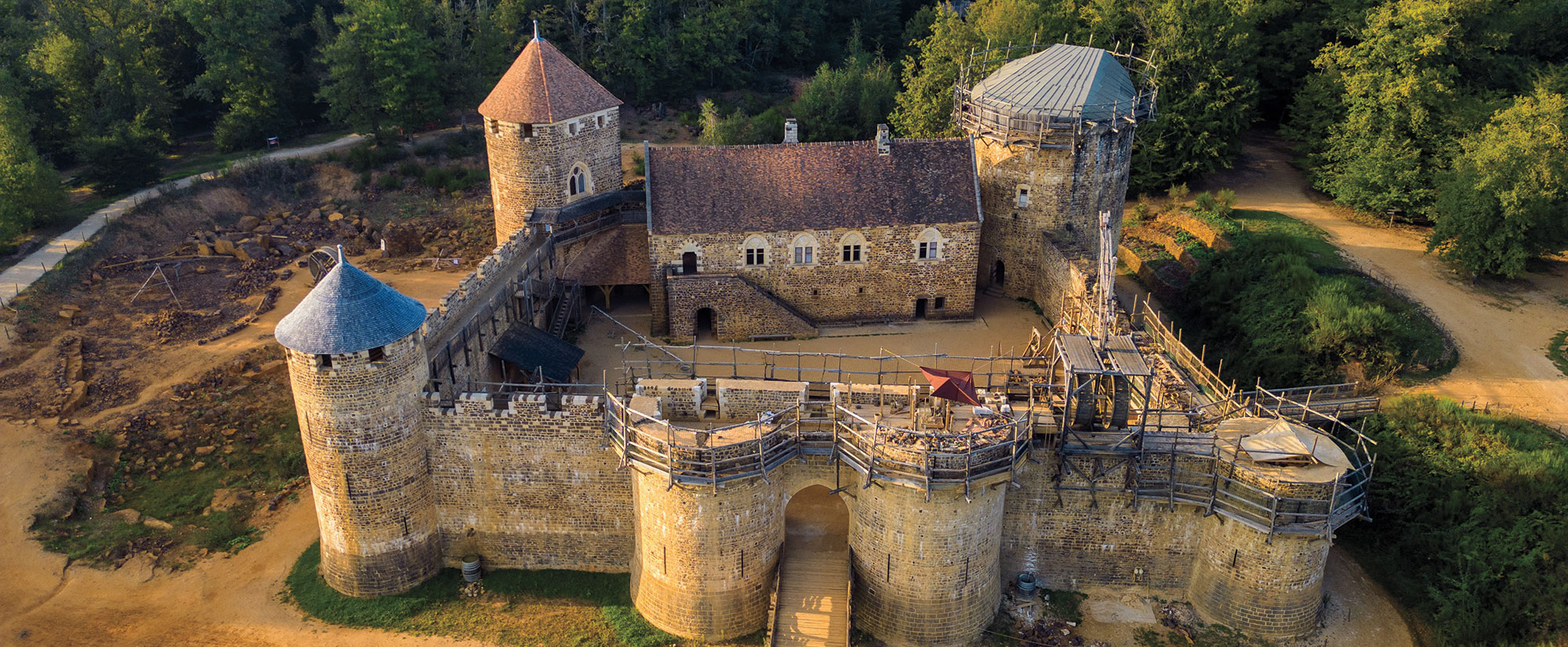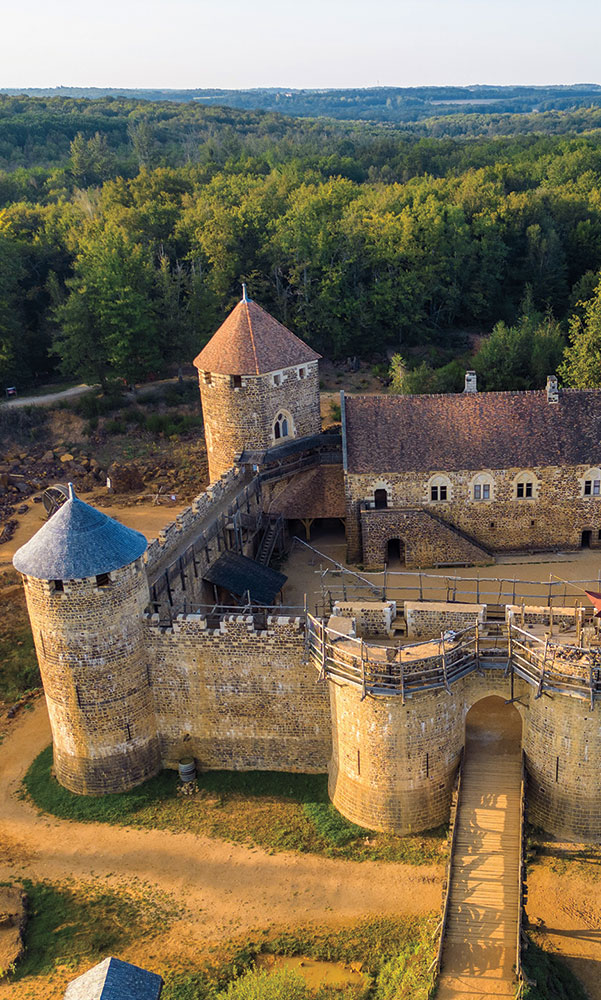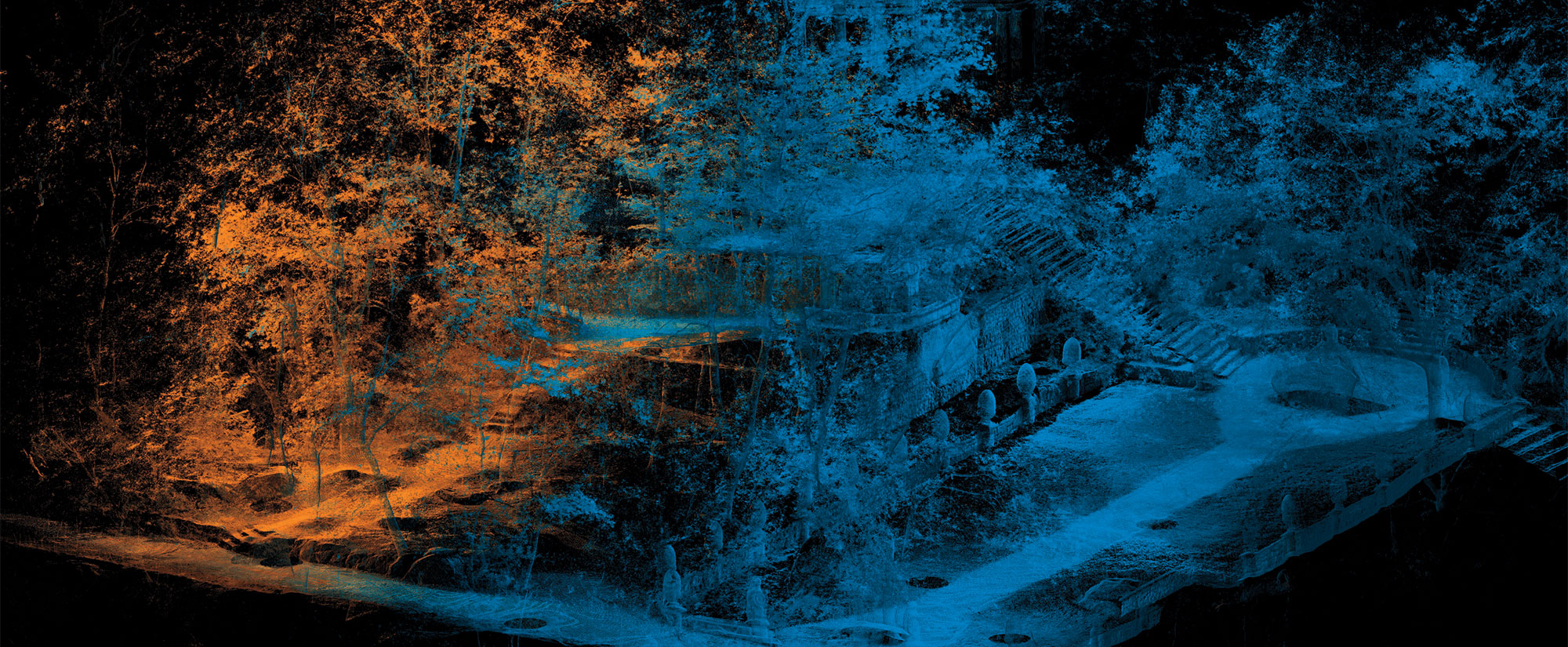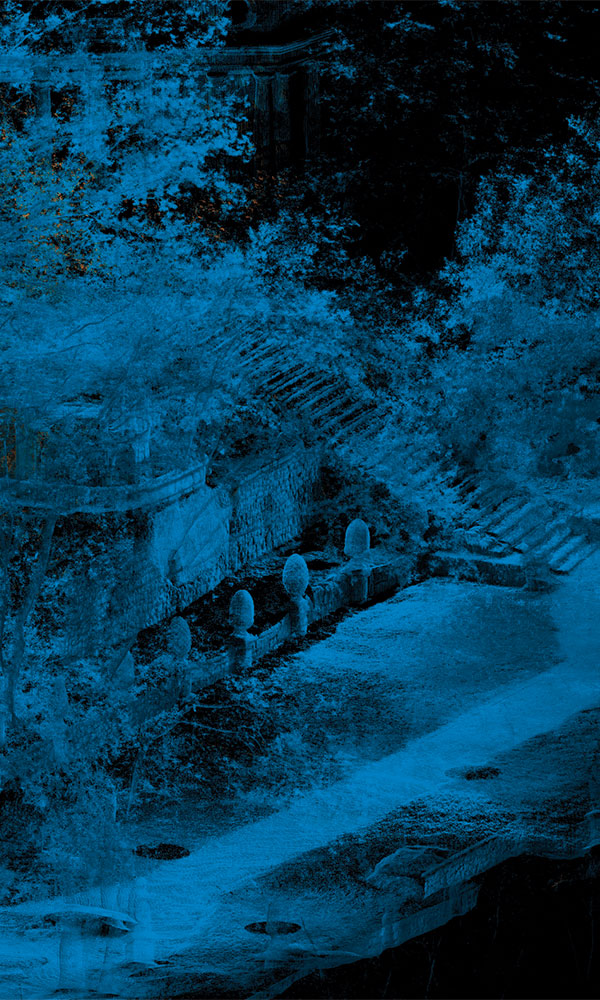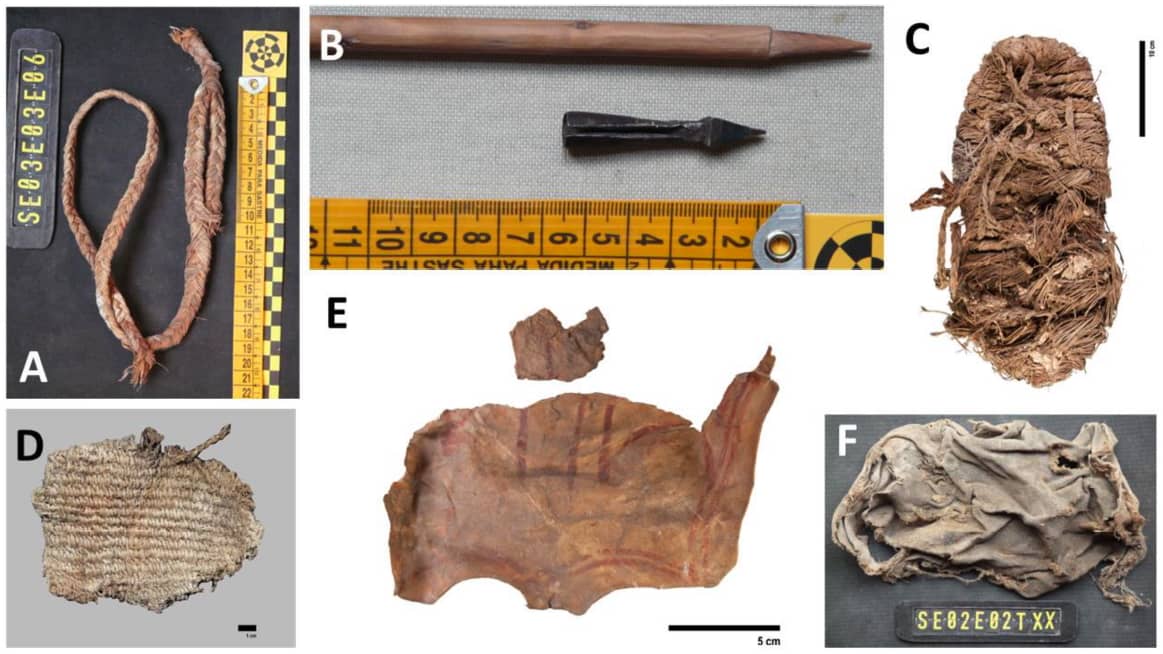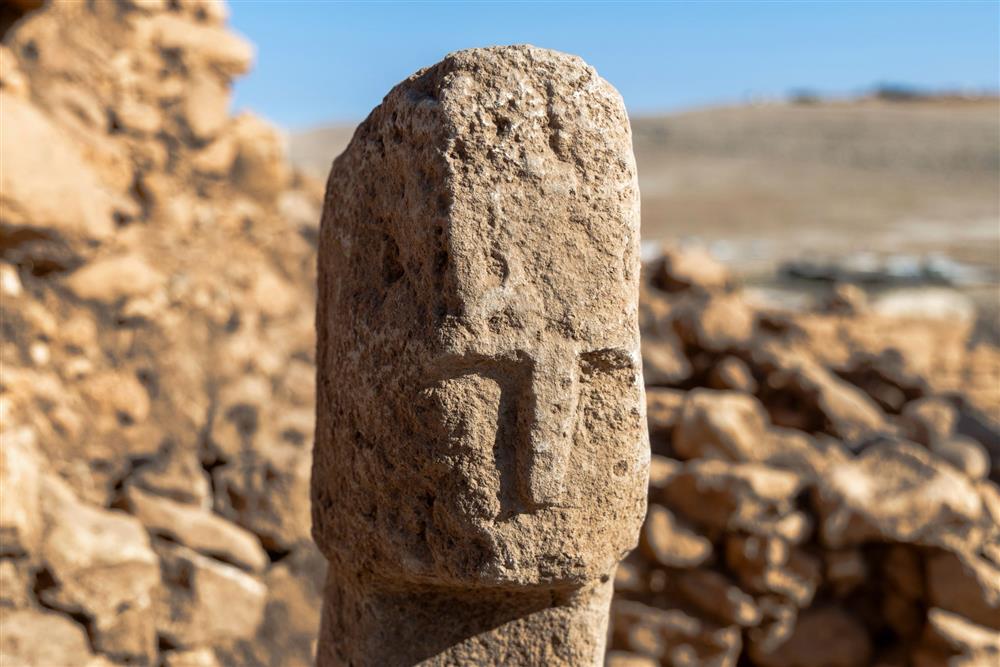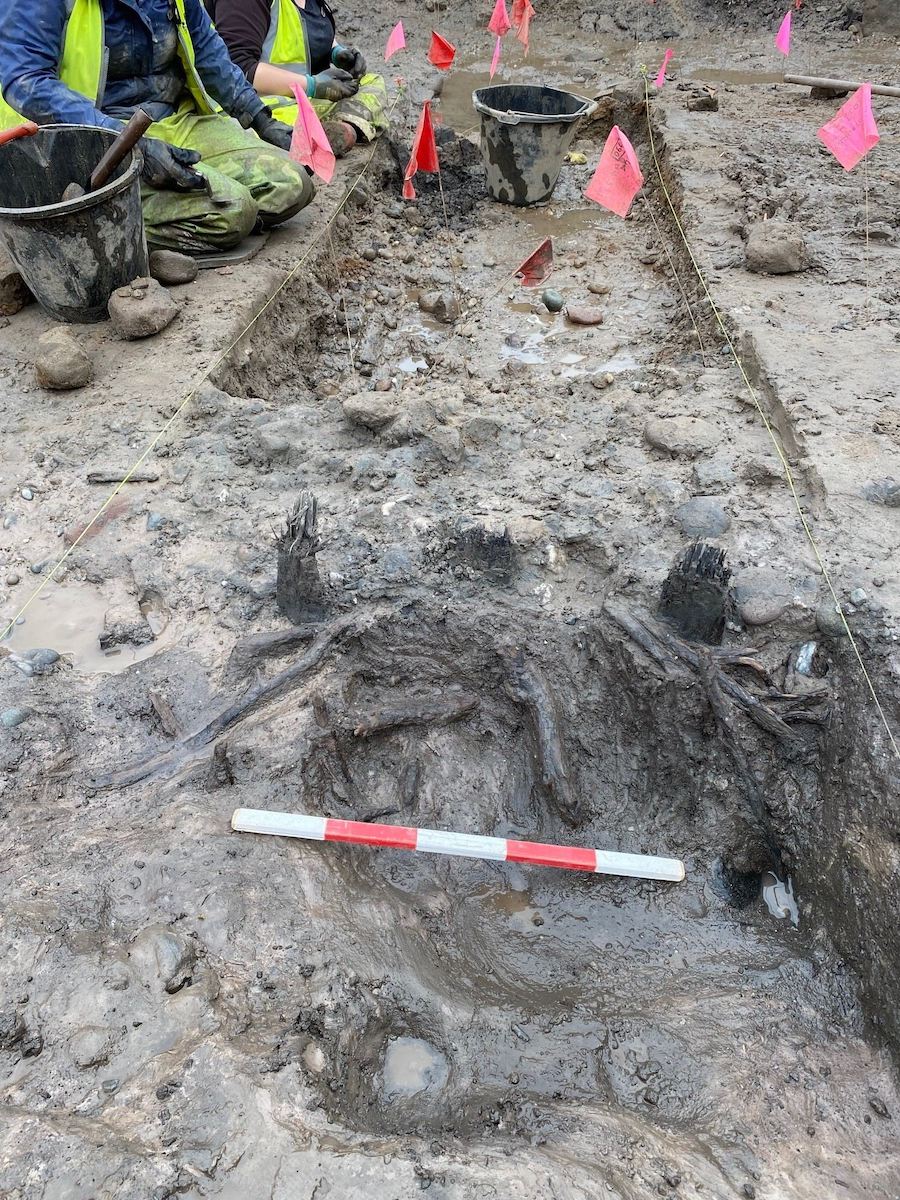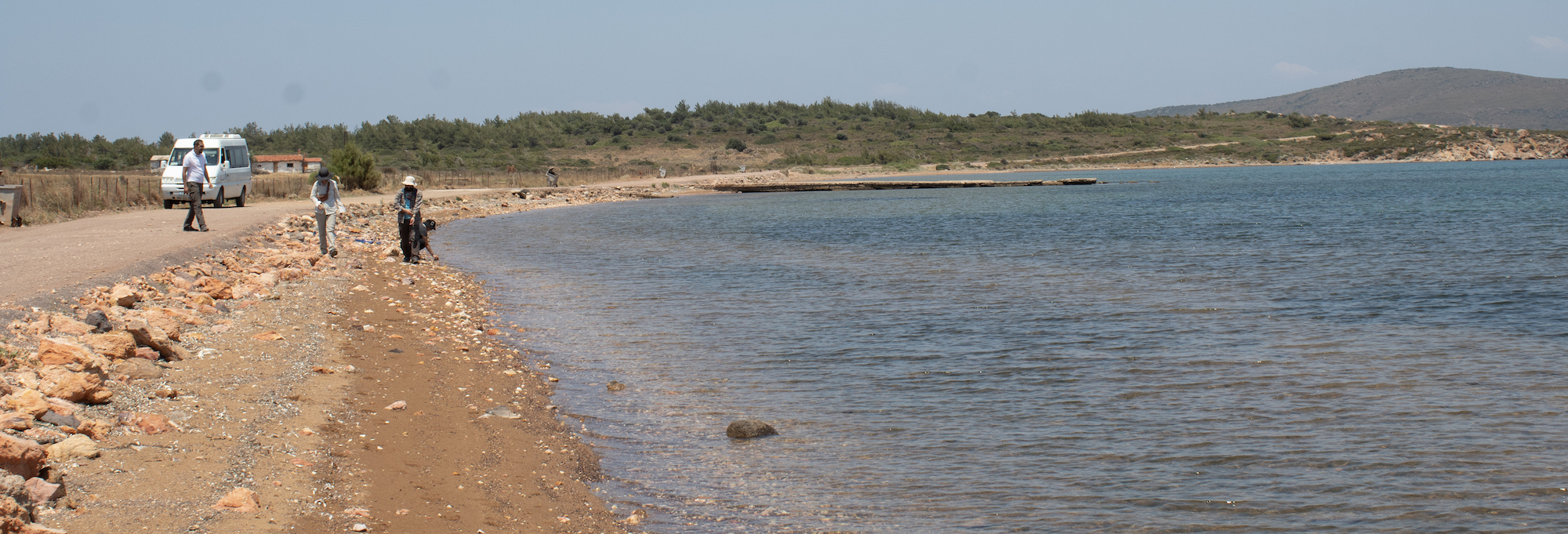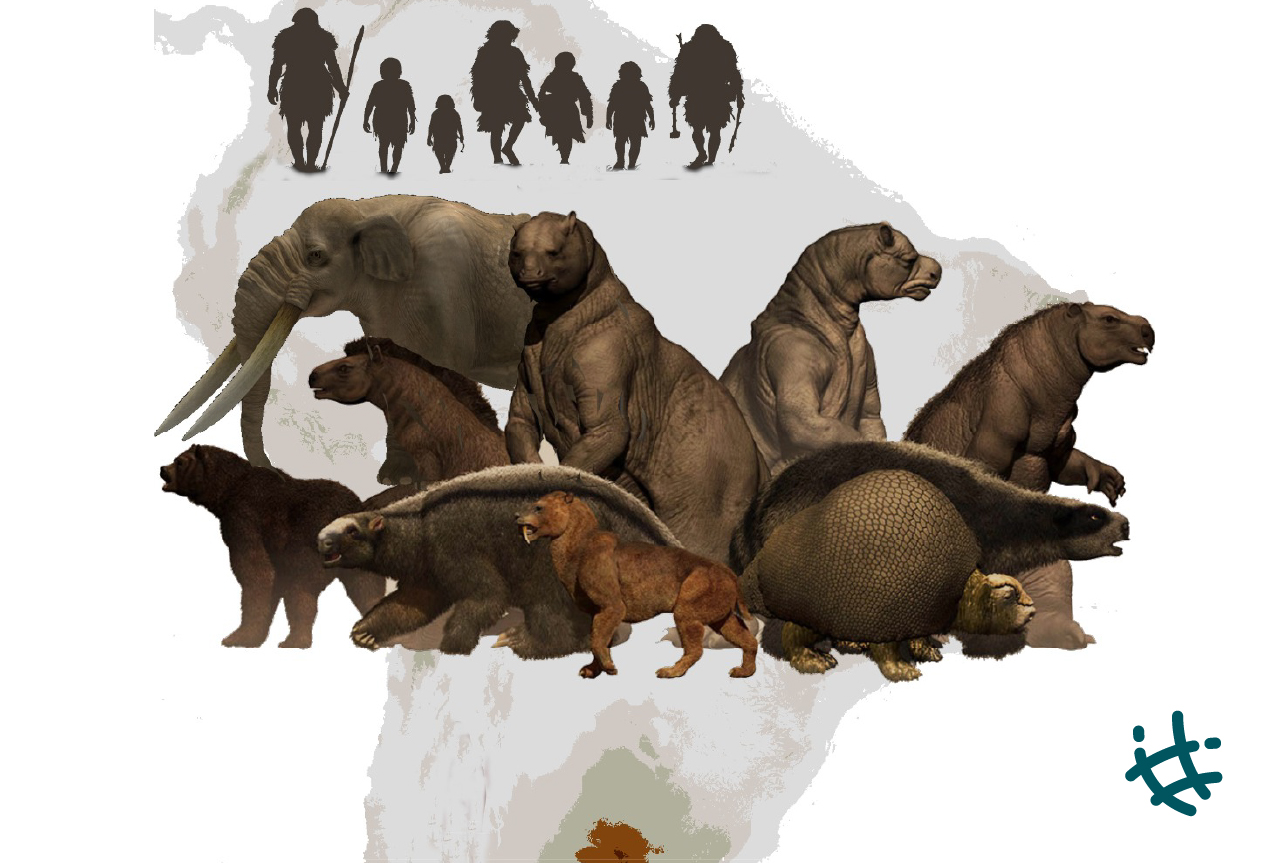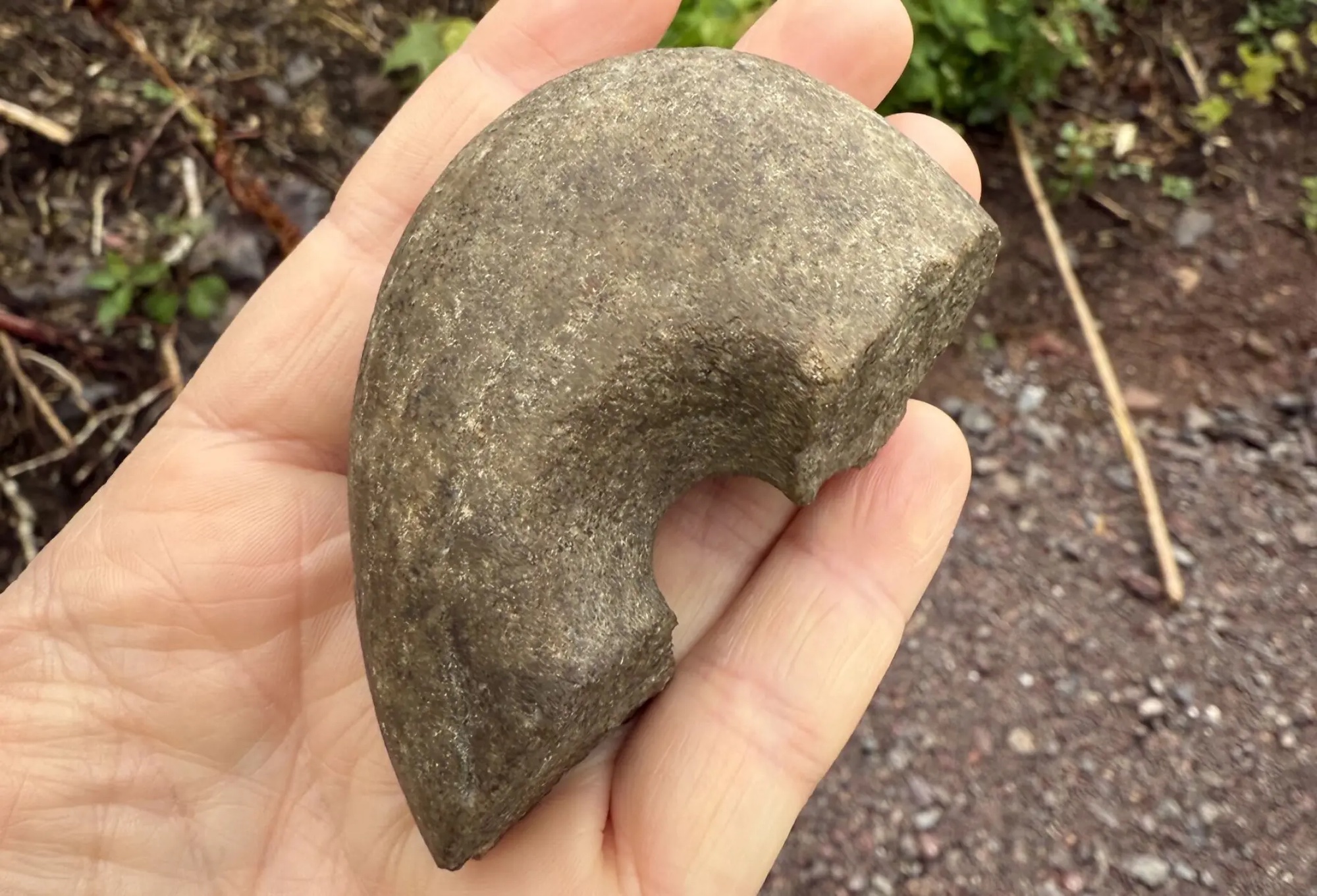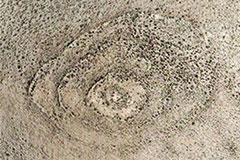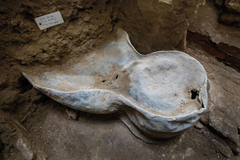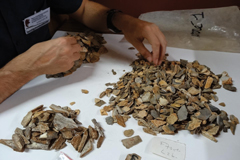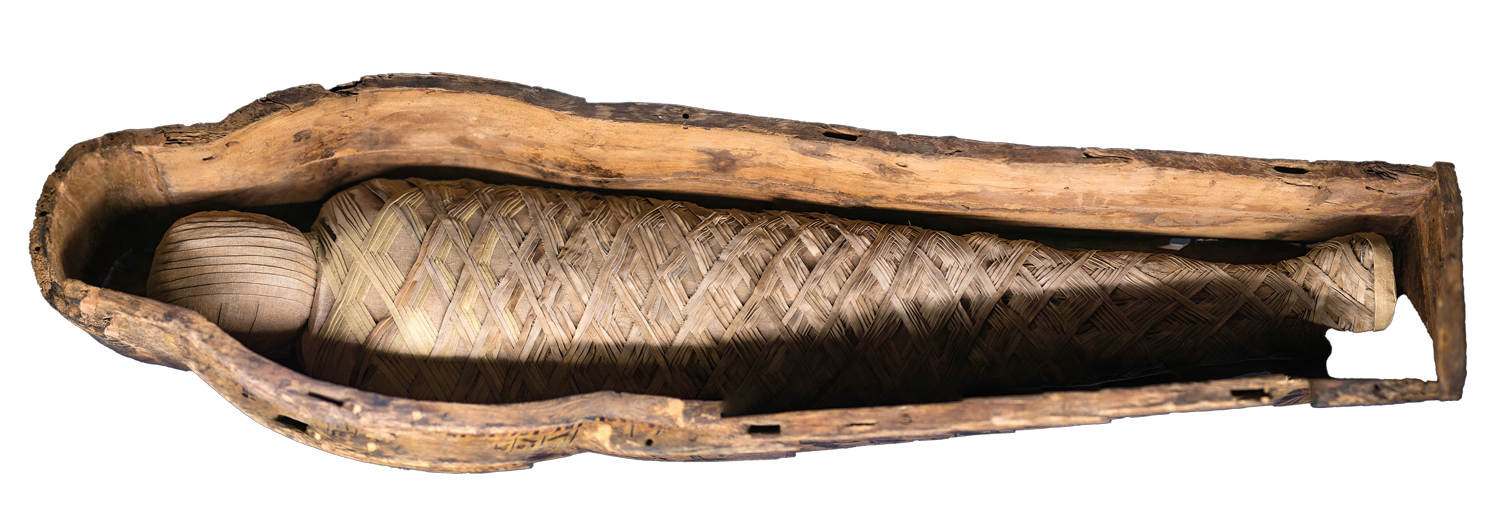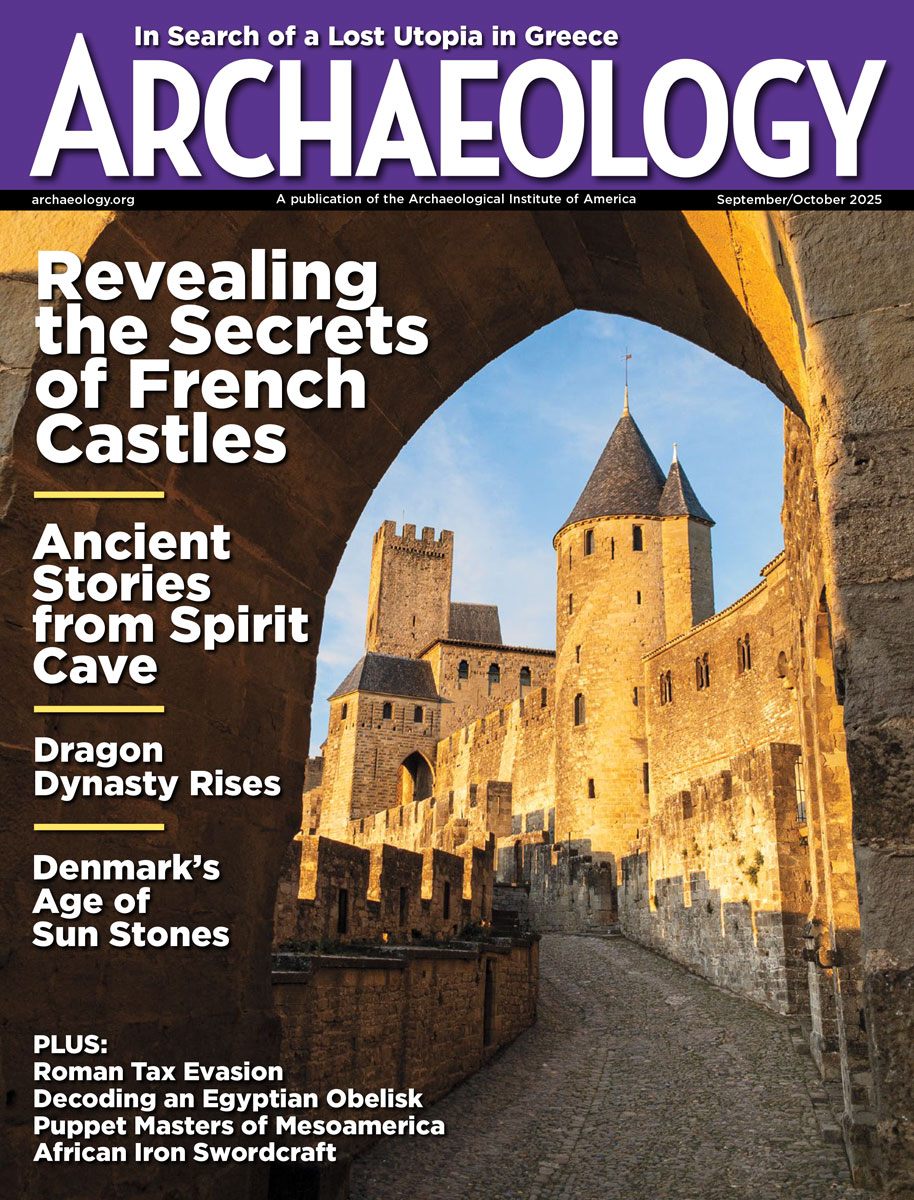-
Features
How to Build a Medieval Castle
Why are archaeologists constructing a thirteenth-century fortress in the forests of France?
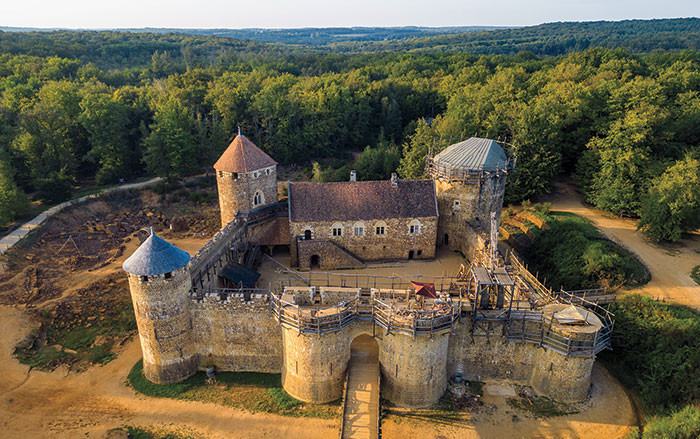 © D. Gliksman
© D. Gliksman -
Letter from Greece
Searching for Washingtonia
How archaeologists located a forgotten nineteenth-century utopian community
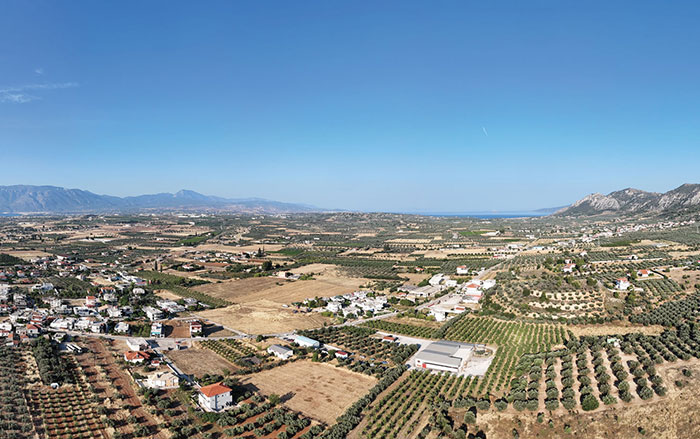 Albert Sarvis
Albert Sarvis -
Features
Italy’s Garden of Monsters
Why did a Renaissance duke fill his wooded park with gargantuan stone sculptures?
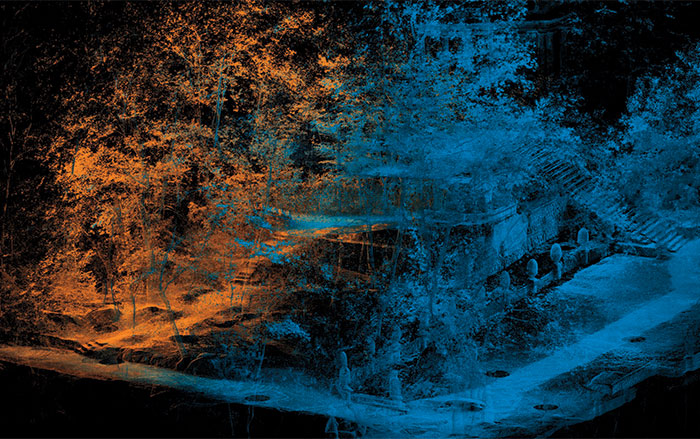 Courtesy Cosimo Monteleone, Rachele Bernardello, and Paolo Borin
Courtesy Cosimo Monteleone, Rachele Bernardello, and Paolo Borin -
Features
Setting Sail for Valhalla
Vikings staged elaborate spectacles to usher their rulers into the afterlife
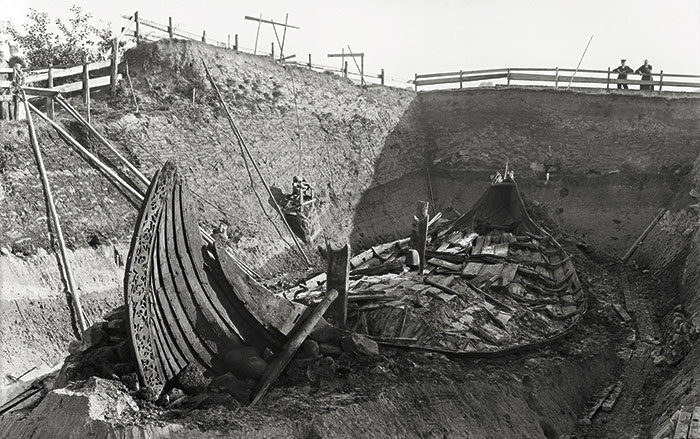 Museum of the Viking Age, University of Oslo
Museum of the Viking Age, University of Oslo
Trending Articles
-
Features May/June 2021
Last Stand of the Hunter-Gatherers?
The 11,000-year-old stone circles of Göbekli Tepe in modern Turkey may have been monuments to a vanishing way of life
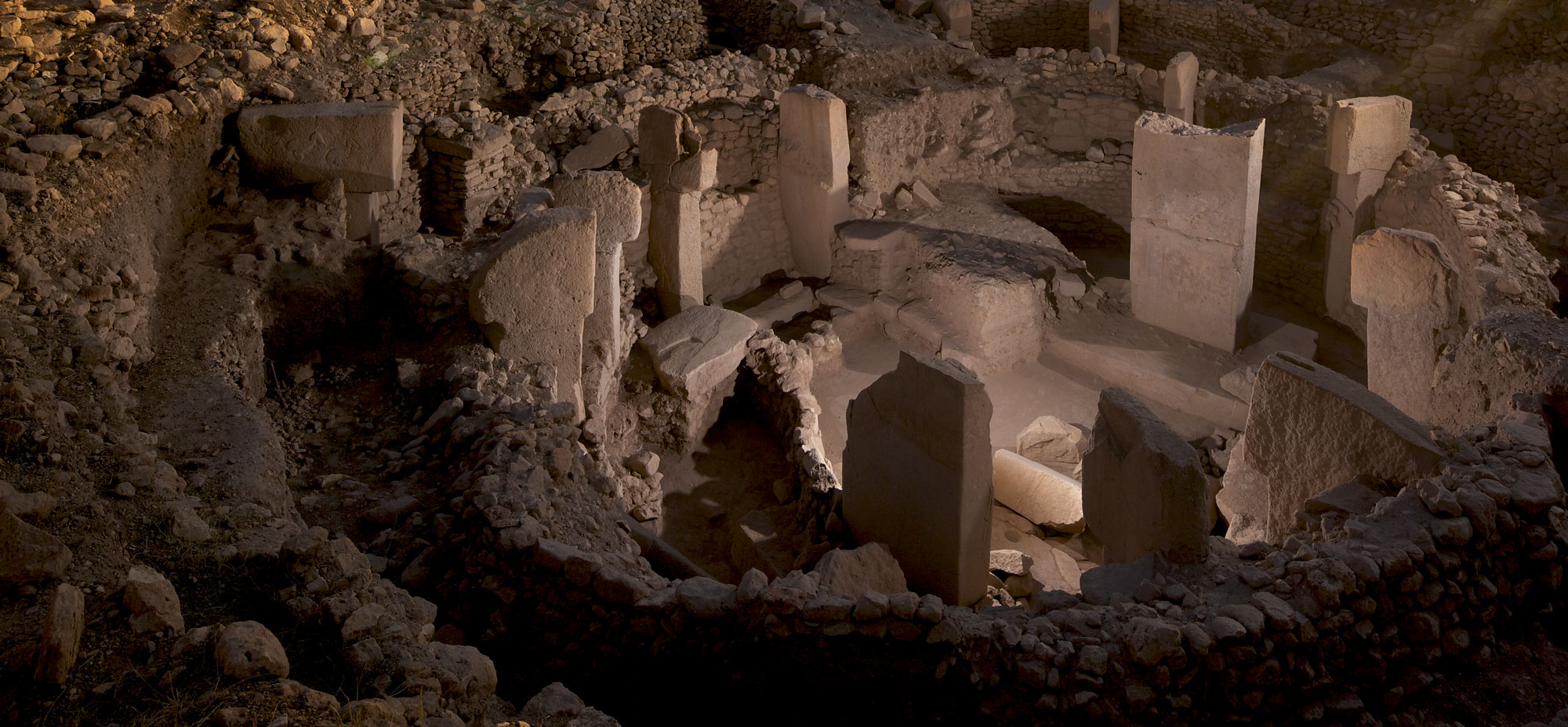 (Vincent J. Musi)
(Vincent J. Musi) -
Features September/October 2025
How to Build a Medieval Castle
Why are archaeologists constructing a thirteenth-century fortress in the forests of France?
 © D. Gliksman
© D. Gliksman -
Features November/December 2023
Assyrian Women of Letters
4,000-year-old cuneiform tablets illuminate the personal lives of Mesopotamian businesswomen
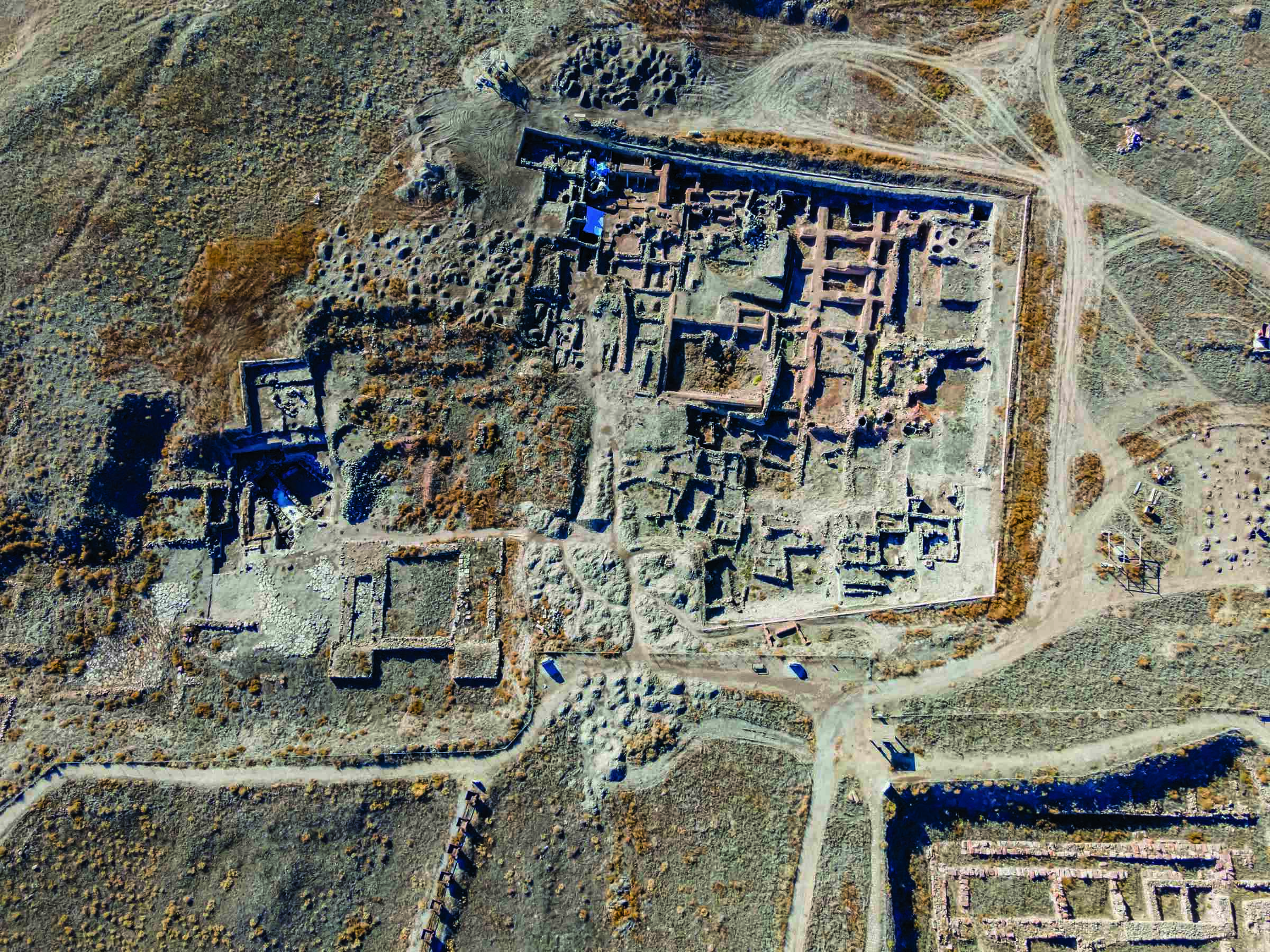 (Attraction Art/Adobe Stock)
(Attraction Art/Adobe Stock)
-
Features May/June 2023
Peru's Great Urban Experiment
A millennium ago, the Chimú built a new way of life in the vast city of Chan Chan
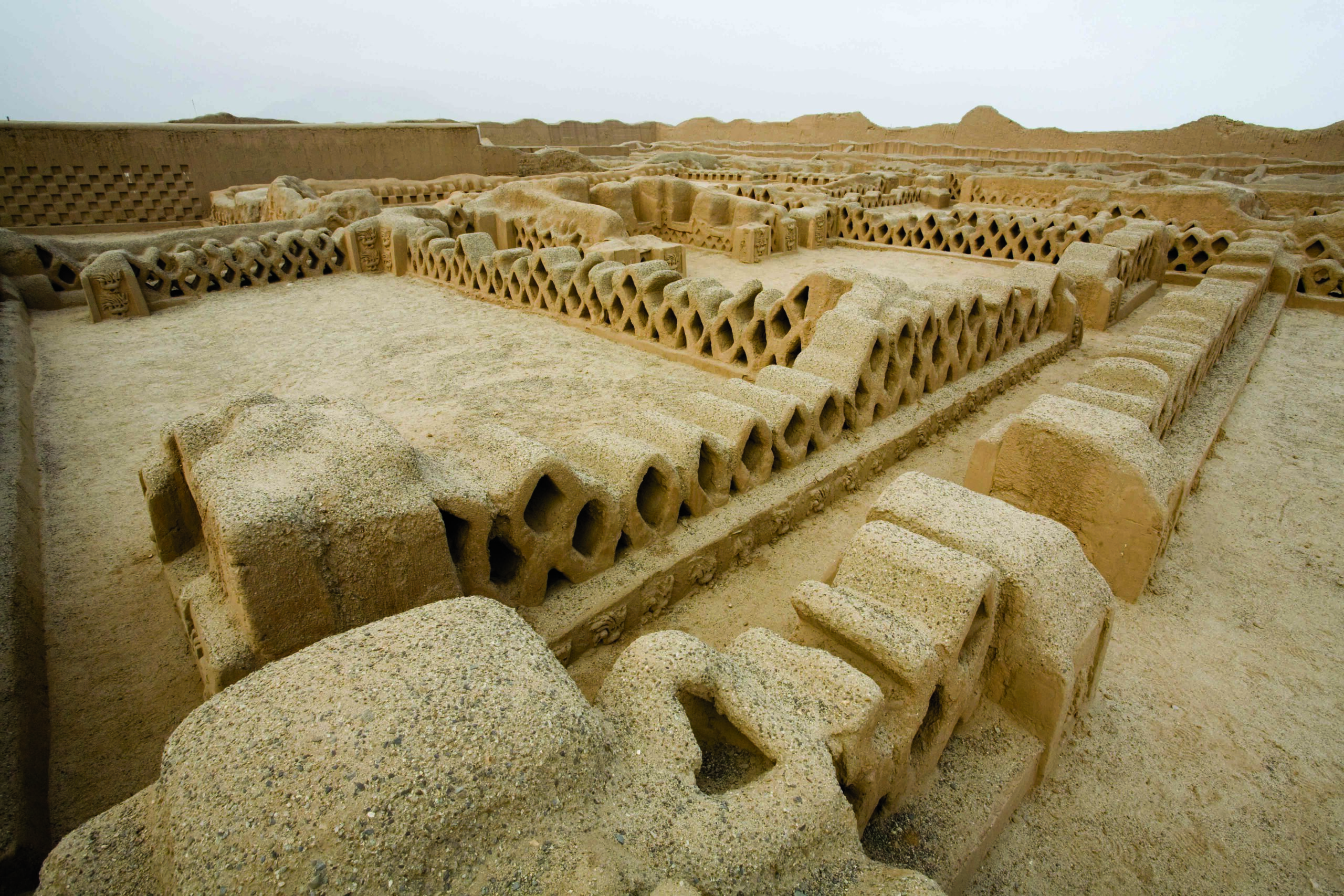 (Alamy)
(Alamy)
-
Features January/February 2019
A Dark Age Beacon
Long shrouded in Arthurian lore, an island off the coast of Cornwall may have been the remote stronghold of early British kings
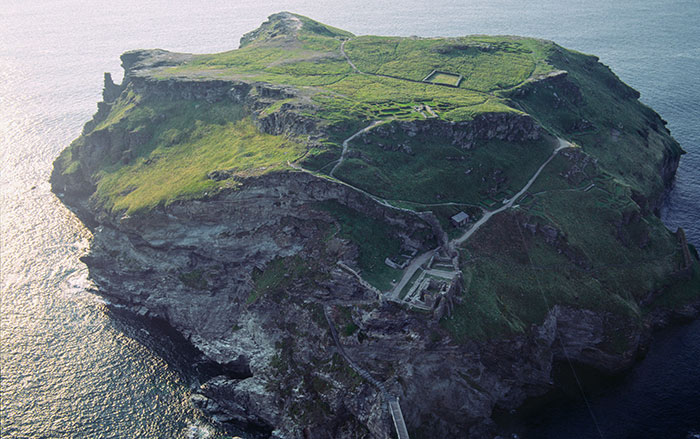 (Skyscan Photolibrary/Alamy Stock Photo)
(Skyscan Photolibrary/Alamy Stock Photo) -
Features May/June 2021
Last Stand of the Hunter-Gatherers?
The 11,000-year-old stone circles of Göbekli Tepe in modern Turkey may have been monuments to a vanishing way of life
 (Vincent J. Musi)
(Vincent J. Musi) -
Features November/December 2021
Ghost Tracks of White Sands
Scientists are uncovering fossilized footprints in the New Mexico desert that show how humans and Ice Age animals shared the landscape
 (Jerry Redfern)
(Jerry Redfern) -
Letter From Scotland September/October 2021
Land of the Picts
New excavations reveal the truth behind the legend of these fearsome northern warriors
 (Courtesy The Northern Picts Project)
(Courtesy The Northern Picts Project)
Around the World
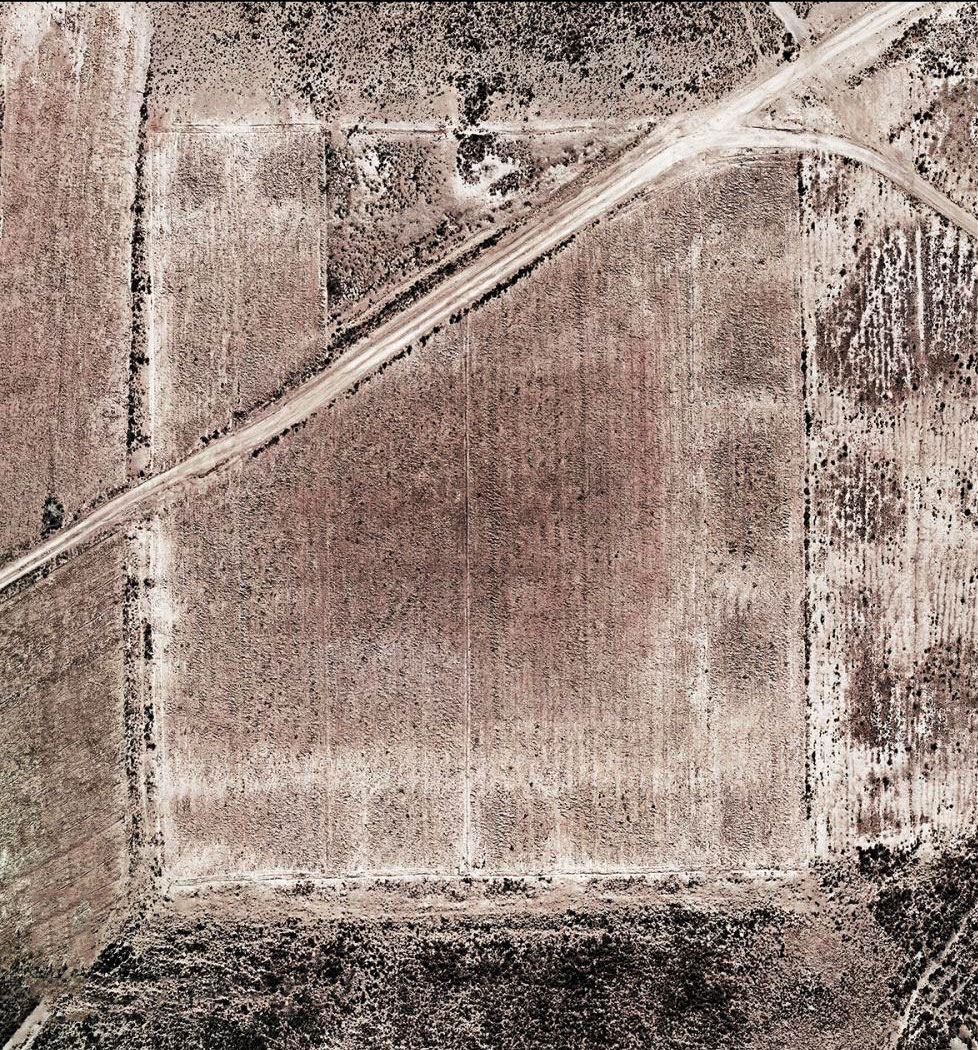
BOLIVIA
A large temple built by people of the enigmatic Tiwanaku culture was discovered at the site of Palaspata near Lake Titicaca. The structure appears to have been aligned with the solar equinox. Abundant fragments of cups used to imbibe maize wine found at the complex suggest it hosted ritual feasts and celebrations. Scholars consider the Tiwanaku, whose state suddenly collapsed around a.d. 1000, to have been one of the earliest advanced Andean societies and precursors to the Inca.
Related Content
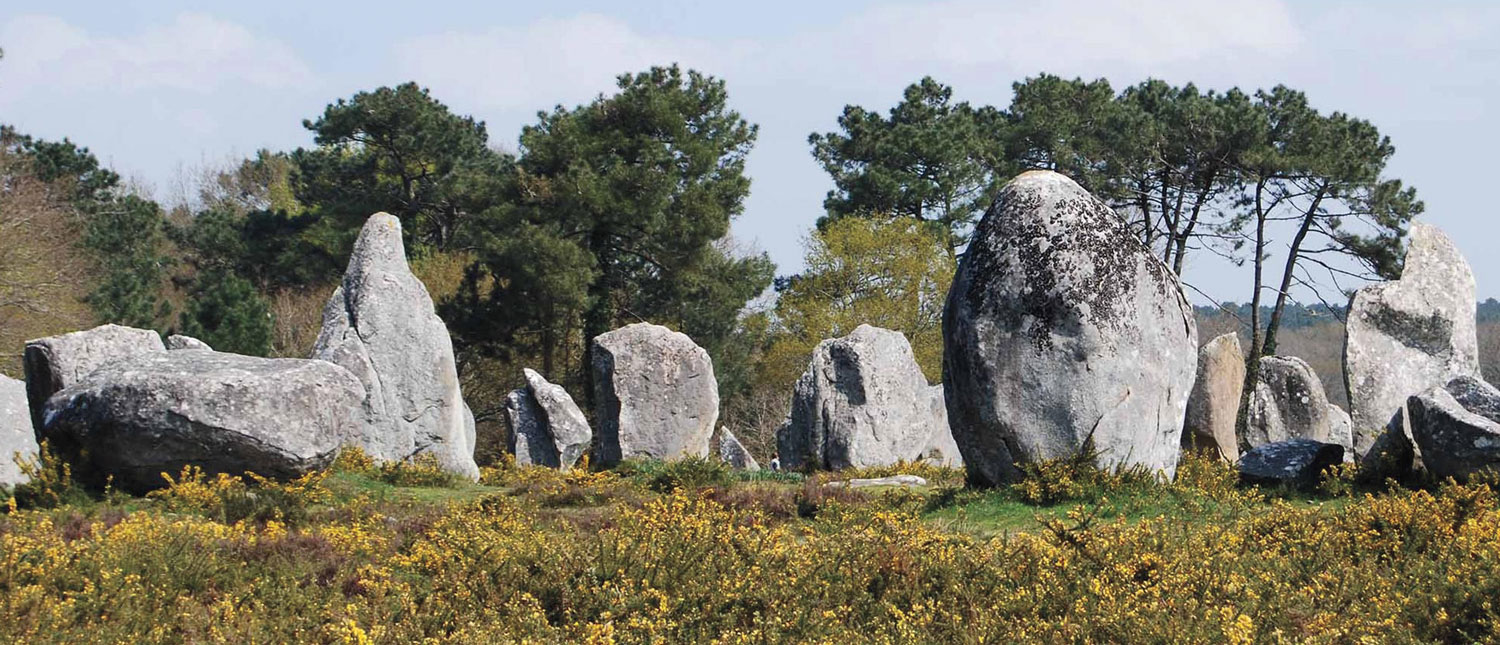
FRANCE
More than 3,000 ancient standing stones are strewn across the Carnac region of Brittany, making it home to one of Europe’s highest concentrations of megalithic monuments. This may also be where this mysterious pan-European Neolithic tradition began. It has been difficult for archaeologists to precisely date when these megaliths were erected. However, new radiocarbon dates from the site of Le Plasker indicate that the megalithic complex there was created between 6,600 and 6,300 years ago, likely making it the oldest example in Europe.
Related Content
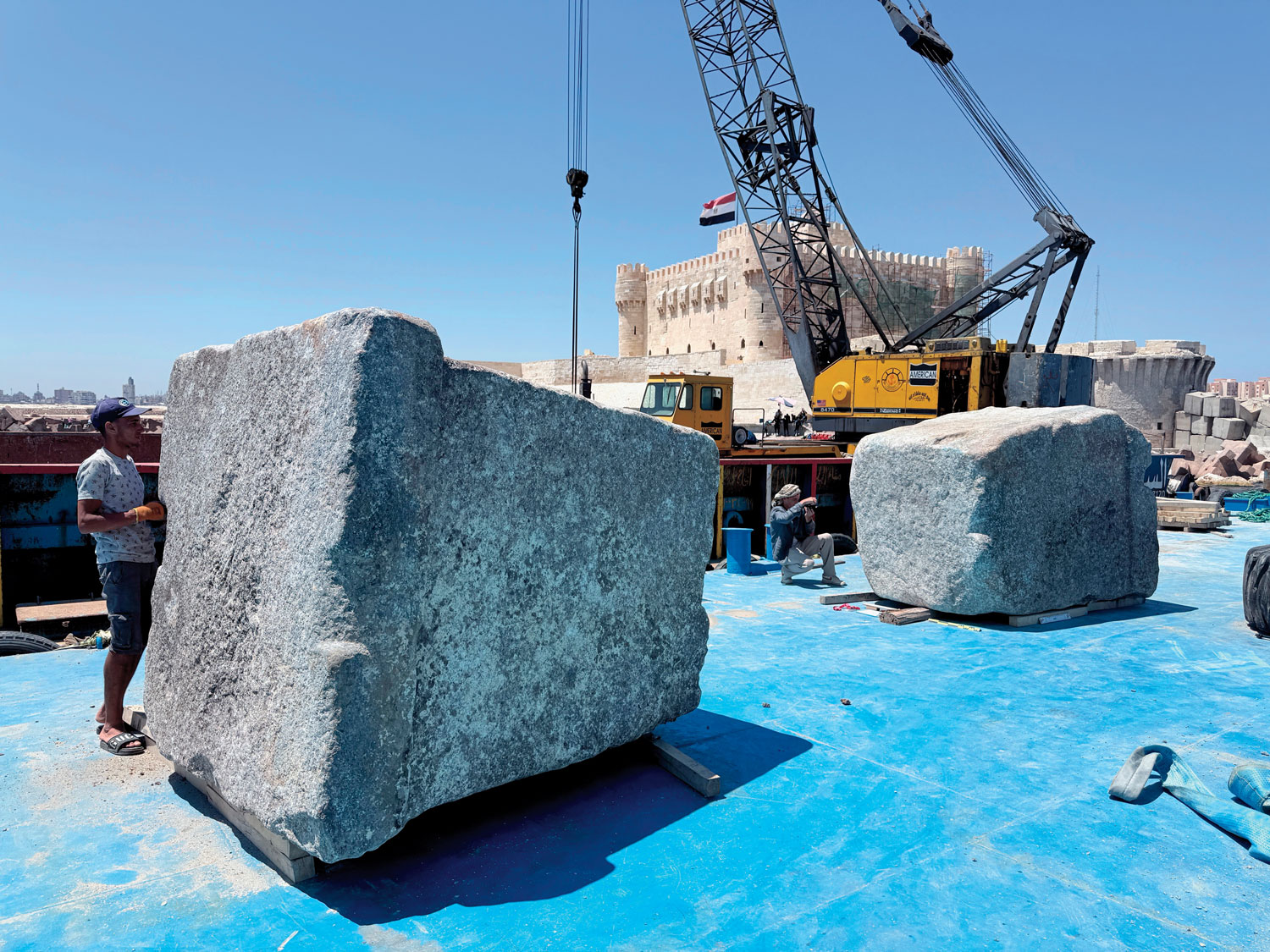
EGYPT
Built in the 3rd century b.c., the Lighthouse of Alexandria was one of the Seven Wonders of the Ancient World and one of the world’s tallest structures—until it was toppled by earthquakes around the 14th century. Recently, 22 massive blocks from the lighthouse were lifted from the seafloor. Archaeologists are scanning each block to create a virtual model that they hope will provide new clues about the monument’s construction, design, and eventual collapse.


